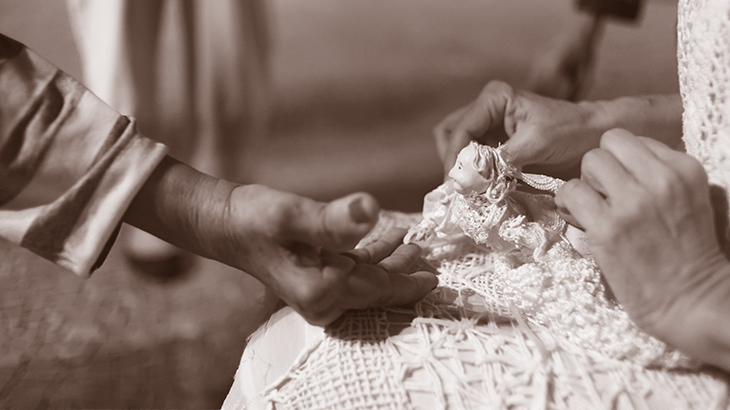Postado em
Percepção estética do envelhecimento feminino

Gleicimara Araujo Queiroz Klotz (1)
Resumo
O corpo como corporeidade é a existência subjetiva do sujeito, pois por meio dele que é possível perceber o mundo e relacionarse com os outros. Ao envelhecer, o corpo sofre inúmeras transformações que envolvem a integridade física, social e psicológica, sendo que para as mulheres as mudanças estéticas são carregadas de sofrimento. Esta pesquisa tem como objetivo analisar como as mulheres percebem esteticamente seus corpos ao longo do processo de envelhecimento. Foi realizada uma pesquisa qualitativa a fim de analisar o discurso de 15 mulheres idosas da cidade de São Paulo. O método de coleta de dados foi por entrevistas de história de vida. A análise dos dados foi feita a partir da análise do discurso. Foi possível perceber que as mulheres formam a representação do corpo-próprio por meio de uma tríplice relação: reconhecimento do outro, reconhecimento pelo outro e autorreconhecimento; na última parte do processo o espelho e as fotografias possuem grande importância. O processo de percepção estética dos objetos estéticos socialmente partilhados dá-se por meio da análise do sujeito a partir de seus padrões estéticos e representação do corpo-próprio; em síntese o sujeito poderá ter quatro respostas possíveis que retornarão em forma de novos objetos estéticos.
Palavras-chave: percepção; corpo; envelhecimento; estética; gênero.
Abstract
The body as corporeality is the subjective existence of the subject, through it it’s possible to perceive the world and relate to others. As you get older the body undergoes many changes that envolve the physical, social and psychological integrity, and for women the aesthetic changes are fraught with suffering. Therefore this research aims to analyze how women perceive their bodies aesthetically throughout the aging process. A survey was conducted with qualitative bases in order to analyze the discourse of 15 elderly women in the city of São Paulo. Data collection methods were life history interviews. The data analysis was made from the discourse analysis. From the survey results it was revealed that women form the representation of their own body through a threefold relationship: recognition from others, recognition from others and selfrecognition; and in the last part of the process the mirror and the photographs are of great importance. The process of aesthetic perception of socially shared aesthetic objects is through the analysis of the subject from their aesthetic standards and representation of their own body: in short the person can have four possible responses that will return in the form of new aesthetic objects.
Keywords: perception; body; aging; aesthetics; gender.
(1) Psicóloga e doutora em Psicologia Social pelo IP (USP). Email: gleicimara@usp.br







